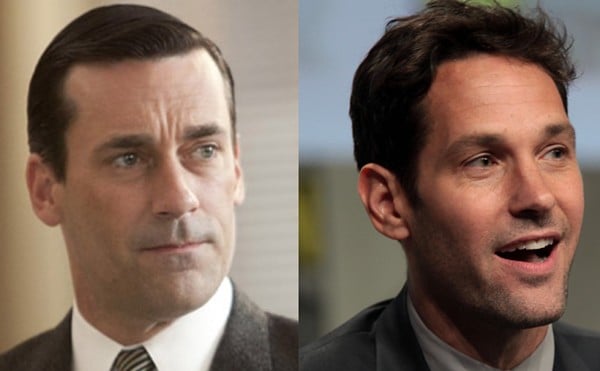It takes an even more unusual fellow to actually try recruiting those sax players and then get them to China to make this hallucinogenic dream a reality. The special and unusual fellow in question is Don Stevens, founder of the Nuclear Whales Saxophone Orchestra. He plans to make his dream come true in May 2003. Why does he want to do this? Why not?
In the meantime, he's content to play a freakish six-foot-eight, 45-pound contrabass saxophone with the Nuclear Whales, a group of six saxophonists who play seven different sizes of sax.
The Nuclear Whales' sound is like nothing else. You know how smooth a saxophone can be in a slow jazz solo. Imagine that times six, in a contrapuntal arrangement -- it's buttery. When the ultralow sound of the contrabass works against the higher-pitched sopranino, soprano and alto saxes, the result is often a hilarious singsong melody. In tunes such as "Primal Tonic" and "Hang a Left at Spain," they play exotic rhythms that would make perfect music for cartoons. Indeed, they sometimes sound a bit like cartoon-music titan Raymond Scott or, at other times, like the Max Rebo Band from Star Wars.
The story of how Stevens managed to obtain the giant sax in 1991 is great. He purchased the rare E-flat contrabass in Kentucky and had to buy the instrument its own seat on an airplane to get it back to his home in Santa Cruz, California. When airport security couldn't fit the sax -- which has a seventeen-inch-diameter bell -- inside their x-ray machine, Stevens played a few deep notes on the thing, after which everyone was convinced it wasn't a bazooka. The outsized horn, which has come to be called Moby, requires "extra lung power," says Stevens, "but a lot of people don't realize you're not filling the instrument with air, you're moving the air column. There's also a sound delay, so with the contra you have to be a little ahead of the beat to make the note come out on time."
Whether the Whales are blowing Sousa, Bach, Mozart, Ellington, Gershwin, tango, ragtime, gospel or the theme from Alfred Hitchcock Presents, they're making the music their own. Perhaps their greatest innovations, though, are the songs in which they blow along with recordings of undersea whale calls. The moans of the contrabass and its smaller brothers meld hauntingly with the cries of the animals. There aren't a lot of other groups doing whale jazz.





